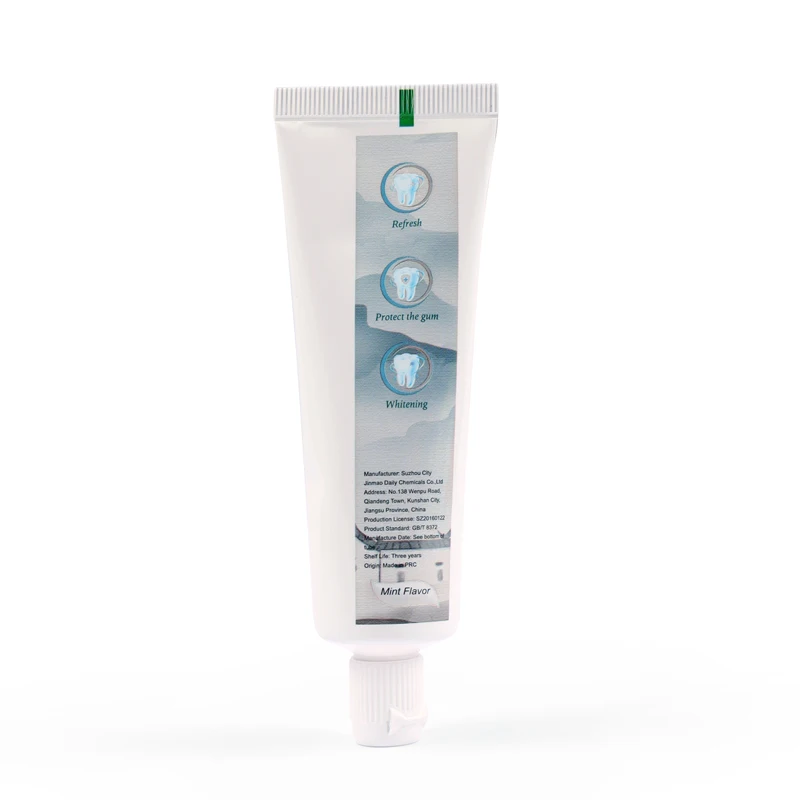

After that point, from 3 years to 6 years, children should use a pea-sized amount of paste. The ADA recommends that children use a smear of toothpaste (the size of a grain of rice) from the time the first tooth erupts until age 3 years. 18 And although a study published in 2019 suggested that children in the US commonly use more toothpaste than is recommended, 19 a 2018 systematic review and meta-analysis found that the addition of flavoring to toothpaste did not increase ingestion of toothpaste by children. Studies demonstrate that the amount of toothpaste swallowed is directly associated with the age of the child, with younger children swallowing more than older children when the same amount of toothpaste was used. 16 Primarily a cosmetic concern, fluorosis can range from mild-in which white flecks or striations appear on the tooth-to severe-which may result in brown spots and/or pitting of the enamel. 15įluorosis may result from excess fluoride ingestion during the period in which permanent teeth are developing. 14 The National Academies of Sciences, Engineering and Medicine Health and Medicine Division (HMD formerly the Institute of Medicine, IOM) estimates the amount of fluoride that reduces caries to the greatest extent without causing adverse effects to be 0.05 mg/kg/day (range 0.02 to 0.10 mg/kg/day) for all children older than 6 months. 7īrushing with fluoride toothpaste has been shown to reduce caries incidence in children. The Microbead-Free Waters Act of 2015 prohibits cosmetics and over-the-counter drugs from containing microbeads as of July 2019.

4 compared the various ingredients included in toothpaste formulations to reduce hypersensitivity and found differences among the compounds evaluated in terms of efficacy depending on type of stimulus tested. 3 >A 2020 network meta-analysis by Martins et al.

Desensitizing agents: Dentin hypersensitivity occurs in about 11.5% of patients which can be evaluated as sensitivity to touch, temperature, and air current.1 It is a requirement that for a toothpaste to be ADA-Accepted it must contain fluoride. 1 Fluoride strengthens teeth to help prevent tooth decay and remineralizes tooth enamel in the early stages of tooth decay. These are the only compounds to prevent caries compounds mentioned in the FDA monograph. Anticaries agents: Fluoride-containing compounds in the form of sodium monofluorophosphate, sodium fluoride and stannous fluoride are used as anticaries agents in toothpastes.2 For example, fluoride actively helps prevent tooth decay by strengthening tooth enamel. Toothpastes may contain a number of active ingredients to help improve oral health. Toothpastes contain both active and inactive ingredients.


 0 kommentar(er)
0 kommentar(er)
